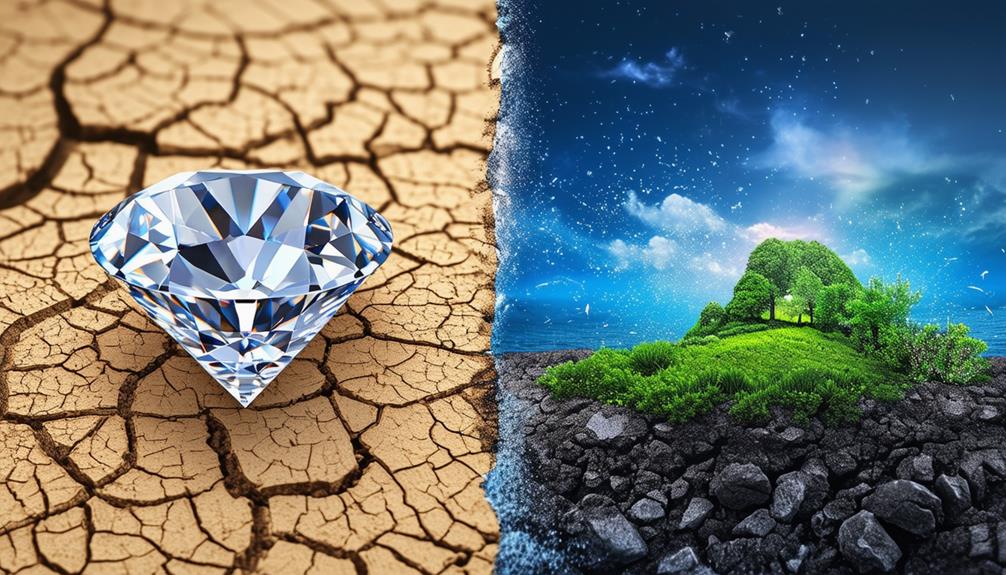Introduction to Diamond Cutting
When you consider diamonds, what comes to mind? Perhaps the sparkle of a ring or the advantage of a piece of gems. In any case, behind that glint is a meticulous process called diamond cutting. This isn’t just about making a stone look pretty; an intricate mix of art and science can significantly affect a diamond’s brilliance and value.
The History of Diamond Cutting
Ancient Techniques
Diamond cutting has been around for centuries. In ancient times, diamonds were used primarily for their hardness, worn as talismans or weapons. It was only after the Medieval times that the art of cutting began to take shape 다이아몬드 컷팅. Early methods were rudimentary, often simply polishing the stone without a legitimate cut.
Current Innovations
Fast forward to today, and the universe of diamond cutting has transformed dramatically. Current innovation, including lasers and advanced machinery, has altered how diamonds are shaped and polished. These innovations allow for additional precise cuts, enhancing the stone’s brilliance.
Understanding Diamonds
What Makes a Diamond?
Diamonds are made of carbon atoms arranged in a crystal structure. This interesting formation gives them their mind boggling hardness and ability to refract light, creating that breathtaking sparkle.
The Four Cs of Diamonds
While purchasing a diamond, you’ll often hear about the Four Cs: Cut, Variety, Clarity, and Carat weight. How about we break these down.
Cut
The cut refers to how well a diamond has been shaped. This is crucial because it influences the stone’s brilliance and sparkle. A very much cut diamond reflects light beautifully, while an ineffectively cut one can appear dull.
Variety
While most individuals associate diamonds with being colorless, they actually arrive in a range of hues. The less variety a diamond has, the more valuable it typically is. Variety grading goes from D (colorless) to Z (light yellow).
Clarity
Clarity measures the imperfections inside a diamond. These can be little blemishes or internal flaws known as inclusions. The clearer the diamond, the more valuable it is.
Carat Weight
Carat weight indicates how much a diamond weighs. Greater diamonds are rarer and often more expensive, yet this is just one factor in deciding value.
The Diamond Cutting Process
Planning and Design
Before any cutting takes place, a diamond cutter must meticulously plan the design. This involves assessing the unpleasant stone and choosing the best way to maximize its value while limiting waste.
Cutting Techniques
Brilliant Cut
The brilliant cut is perhaps the most famous. It features a round shape with numerous facets designed to maximize light reflection. This cut is synonymous with sparkle!
Princess Cut
The princess cut is another popular decision, known for its square shape and contemporary appeal. It balances current style with classic elegance, making it a favorite among engagement rings.
Tools of the Trade
Essential Equipment
Diamond cutting requires specialized tools, including diamond saws, grinders, and polishing wheels. Each piece of equipment plays a critical job in shaping the diamond flawlessly.
Arising Technologies
As innovation advances, new tools are being created. For instance, laser cutting is turning out to be more prevalent, allowing for precise cuts that were previously unimaginable. This not just enhances the quality of the cut yet additionally increases proficiency.
The Impact of Cutting on Value
How Cut Affects Cost
The cut of a diamond can have a significant impact on its cost. A very much cut diamond can be worth far more than one that is inadequately cut, regardless of whether the two stones are similar in other aspects like carat weight or clarity.
Normal Myths About Diamond Cutting
Exposing Misconceptions
There are a lot of myths floating around about diamond cutting. For example, some individuals accept that all lab diamonds must be flawless to be valuable. In reality, many factors add to a diamond’s worth, and clarity is just one of them.
Future Trends in Diamond Cutting
The diamond industry is always developing. Lately, there’s been a developing interest in ethical sourcing and lab-grown diamonds. These trends are affecting cutting techniques and consumer preferences, and it’s energizing to see where this will lead.
Conclusion
So there you have it! Diamond cutting is a fascinating mix of history, art, and innovation. Whether you’re a diamond aficionado or just someone who appreciates a good piece of gems, understanding the intricacies of diamond cutting can enhance your appreciation for these beautiful stones. Next time you see a diamond sparkle, you’ll know just how much effort and skill went into creating that captivating gleam.



